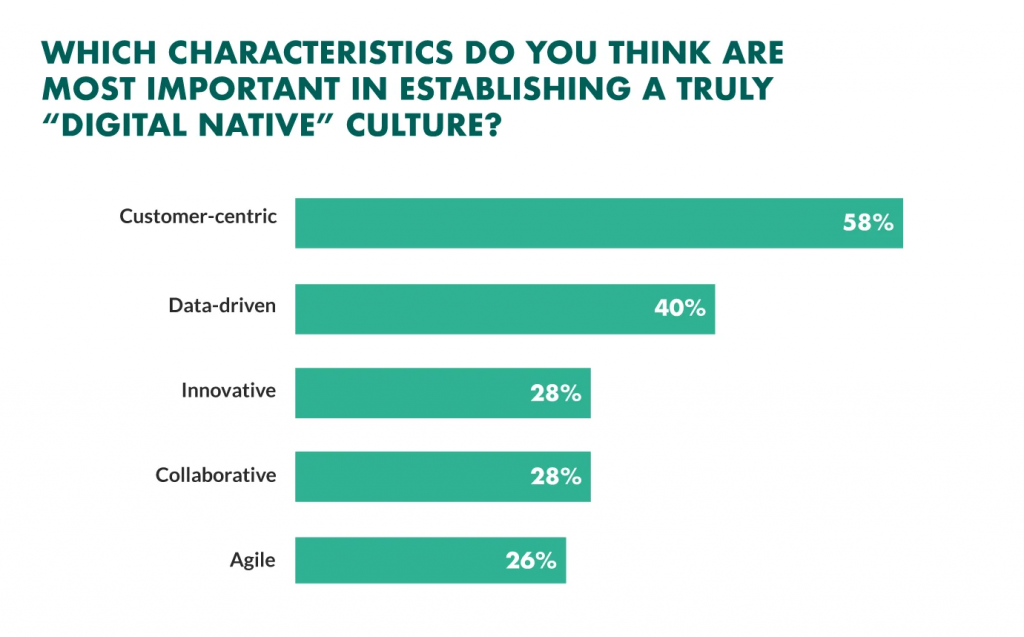How to Create a Customer-Centric Strategy for Your Business

Being customer-centric is what sets businesses apart from the competition these days. Read on to find out what being customer-centric means and how to create a strategy around it.
Businesses have been looking for ways to make themselves stand out in the market. Many have been conducting research, refining their best practices, and learning from the competition. But one of the most popular marketing strategies that emerged recently was customer-centricity.
What is customer-centricity and how can you build a strategy around it?
What being customer-centric means
Technological research and consulting firm Gartner defines customer-centricity as “the ability of people in an organization to understand customers’ situations, perceptions, and expectations.”
This means that the customer should be the center of all decisions when it comes to products, services, and experiences. The end goal should be to create customer satisfaction, loyalty, and advocacy.
When asked what the most important characteristic was for establishing a truly “digital-native” culture, 58% of survey respondents said that being customer-centric is the most important.

Learn more about what it means to be customer-centric and its benefits here.
How to create a customer-centric strategy
Here’s how you can create a customer-centric strategy:
1. Build a team dedicated to customers
If your organization has no team dedicated to customers, then it’s important to start considering having one now. Some organizations have customer success teams organized to help their customers be most successful by using their products.
Some have dedicated customer support teams to focus on responding to customer queries and resolving issues. Some even have account managers organized for a particular set of high-value, dedicated customers.
Whatever your team’s role is, make sure it’s dedicated to customers, or at least to help your business grow through your customers.
2. Measure customer-related success
Your organization will be having a set of KPIs to measure success. Make sure customer-related metrics are part of it. Examples of these metrics include:
Customer Health Score
Net Promoter Score
Qualitative Customer Feedback
Customer Churn Rate
Monthly Recurring Revenue
Customer Lifetime Value
Customer Retention Cost
First Contact Resolution Rate

3. Improve collection of and access to customer data
To understand your customer at a deeper level, you must be able to collect data and information about them. You can do this by inviting them to fill out forms to know them better.
You can also do progressive profiling to gradually gather data about them to build an accurate customer profile, and use this profile to inform your sales and marketing activities.
Having access to customer data is equally important. Your sales and marketing must be able to know who they’re dealing with to provide more personalized service. Better service always results to better experience— something that’s very customer-centric and your customers will surely appreciate.
4. Learn and train employees to have empathy at work
Empathy is a difficult skill to achieve in an organization. In fact, many companies actively look for and recruit employees who display such skill. This is because empathy is a critical ingredient in a customer-centric strategy. It allows employees to understand the position of the customer (and their needs and preferences) and provide an appropriate service.
There are several ways to learn empathy at work. These include:
Talking about empathy in the workplace
Let leaders demonstrate the skill
Teach active listening skills
Role-playing
Rewarding and supporting managers and employees that display such skill at work
Tools for customer-centric strategies
It’s important to learn how to use tools to implement customer-centric strategies. This allows your sales and marketing teams to fast-track their workflows and focus on what really matters.
Tools like Saphyte also lets them collect and have easy access to data to enable them to provide more personalized services to customers. Learn more about customer-centric strategies from our experts. Book a free demo today.
Curious how digital ecosystems can help improve your business?
Check out how digital ecosystems can boost your company performance by getting started here.
Book a Demo